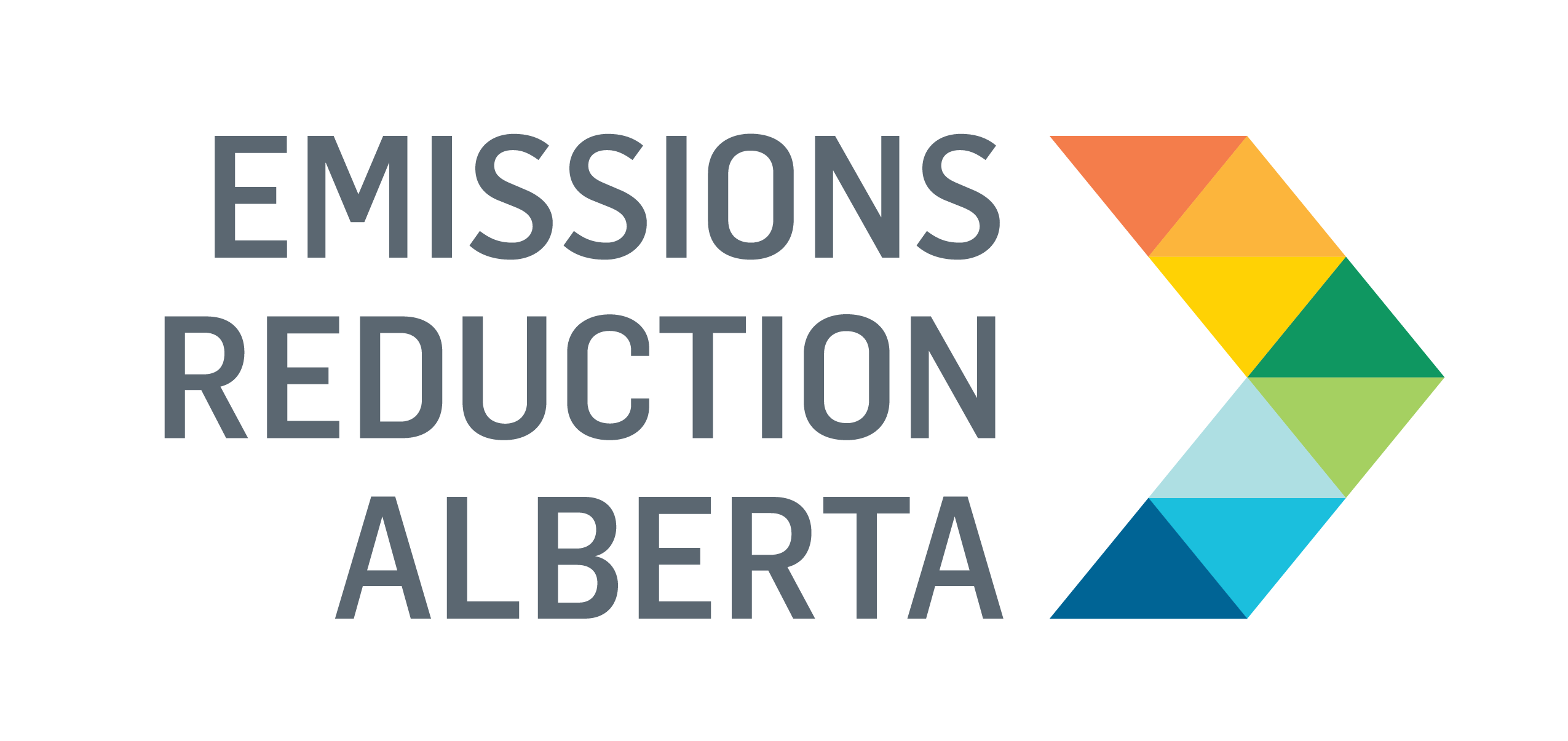
Adopting new electrification, artificial intelligence, and machine learning technologies can significantly reduce greenhouse gas (GHG) emissions in the pipeline transportation of Alberta’s natural gas.
If proven successful, these technologies can help deliver more sustainable natural gas transmission infrastructure in Canada and around the world, leading to significant GHG reductions and substantial economic benefits for midstream oil and gas operators in Alberta.
ERA has committed nearly $2 million to Gazoduq’s $4 million project through its Partnership Intake Program. This investment supports the Government of Alberta’s Natural Gas Vision and Strategy by helping to improve competitiveness and create economic opportunities for the natural gas sector.
“Since inception, Gazoduq has been developing an innovative underground natural gas transmission line project that will make use of cutting-edge technologies to deliver on its vision to reach net zero emissions. ERA’s validation of our unique project is an important milestone,” said Mel Johnson, senior director of project management for Gazoduq.
Gazoduq is assessing using renewable energy to power large scale electric drives for three compressors used in the transmission of natural gas. At 40 megawatts each, the electrification of compressors at this scale would be first of its kind globally. At compression stations where renewable electricity is not feasible, cogeneration (using waste heat) will be explored.
The company intends to use the technology for a proposed natural gas pipeline from Alberta to TC Energy’s existing Canadian Mainline before connecting to a new transmission line proposed from Northern Ontario to a liquified natural gas (LNG) facility in Saguenay, Quebec.
If this approach is adopted in Alberta at six 30-megawatt compression stations, cumulative GHG reductions of approximately 440,000 tonnes of CO₂e could be achieved by 2030. If the technology is adopted at 26 units, a cumulative reduction of 6.7 million tonnes can be achieved by 2040.
The proposed transportation pipeline would allow for the export of approximately 1.6 billion standard cubic feet per day (scf/day) of Alberta natural gas. The project could also provide an opportunity to deliver natural gas to remote communities along the route, with the participation of local distributers, and allow Alberta to export its natural gas to European and Asian markets.
It is expected to result in capacity building for Universal Pegasus International’s Alberta office, leading to increased job creation in the Alberta construction sector if the approach is adopted in-province. The project will create a roadmap for natural gas pipeline developments in Alberta to significantly reduce GHG emissions through utilization of developed technologies.
“We are thrilled to have been selected for the Partnership Intake Program and are convinced that this collaboration will not only be beneficial for our project but also for the Canadian natural gas industry,” said Johnson.

